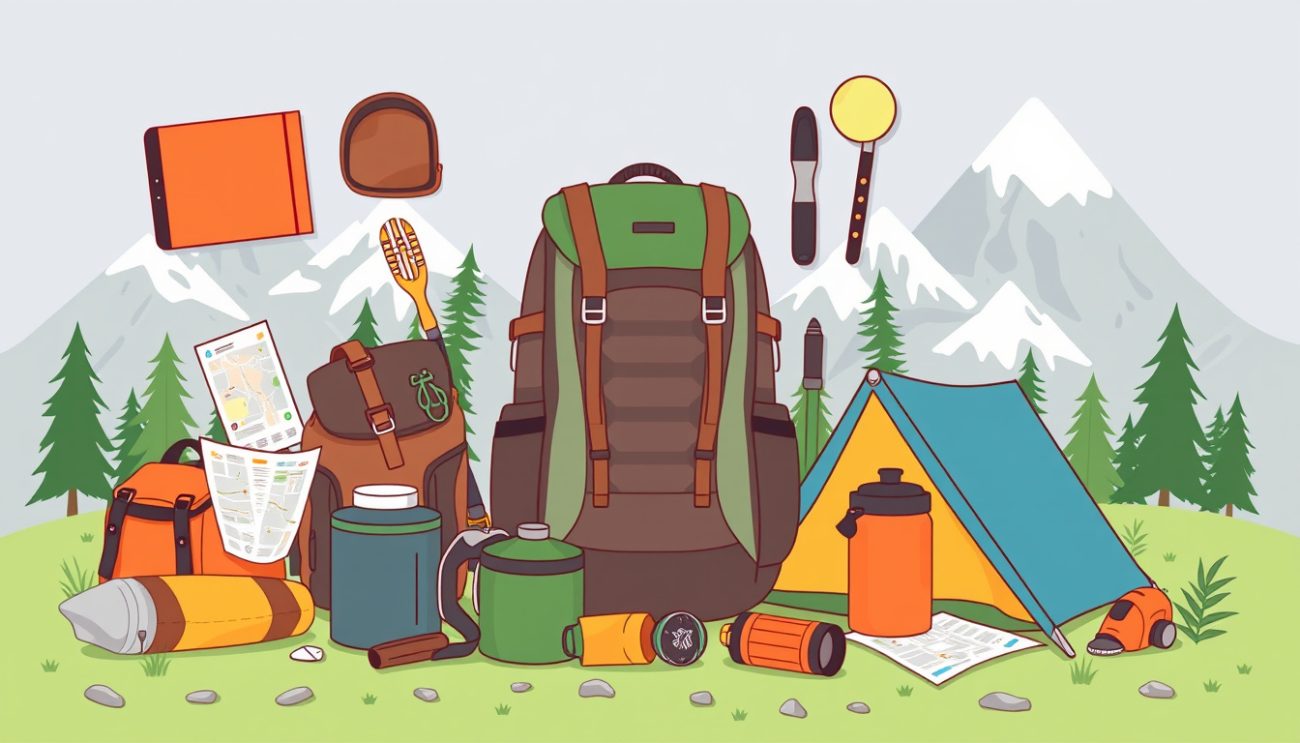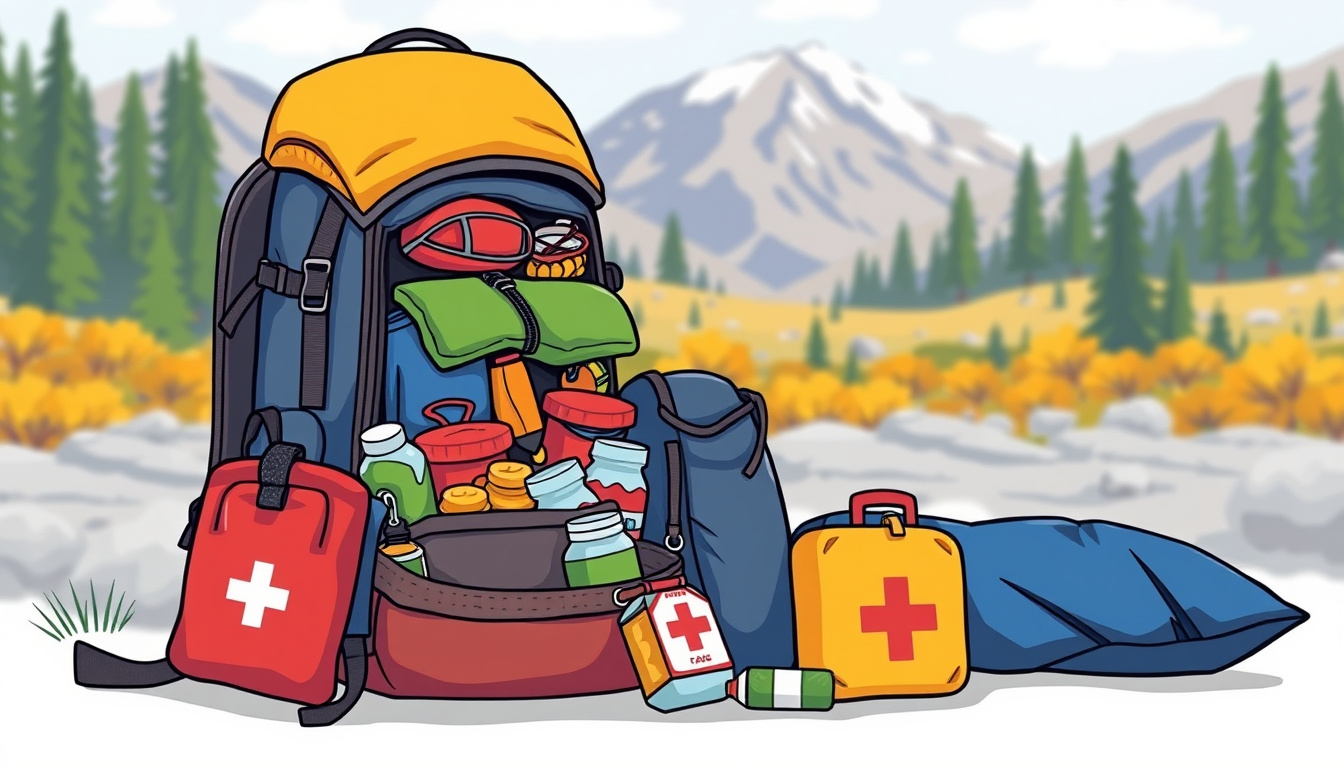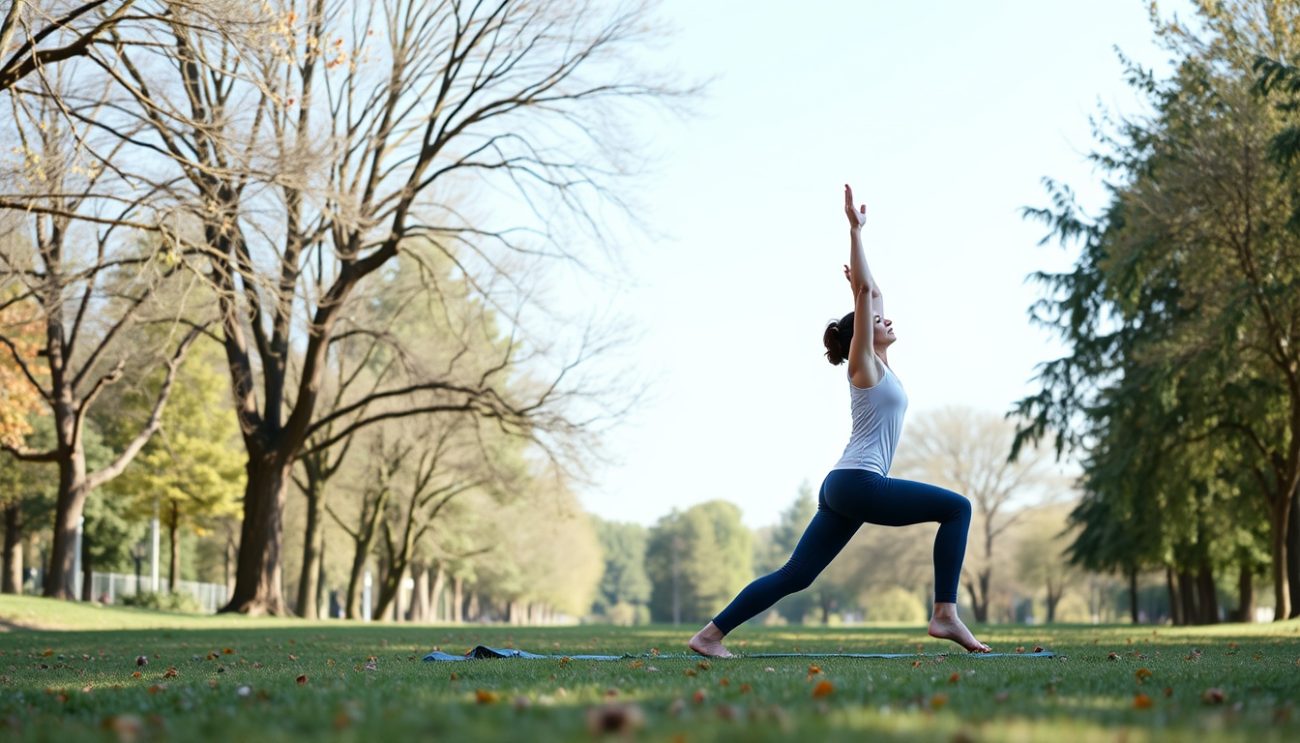The Ultimate Guide to Backpacking Essentials: Gear, Tips, and Tricks for Your Next Adventure
Embarking on a backpacking adventure requires careful preparation to ensure safety, comfort, and enjoyment. Whether you're a beginner planning a short overnight trip or an experienced hiker heading into the wilderness for multiple days, having

Embarking on a backpacking adventure requires careful preparation to ensure safety, comfort, and enjoyment. Whether you’re a beginner planning a short overnight trip or an experienced hiker heading into the wilderness for multiple days, having the right backpacking essentials is crucial. This guide synthesizes expert recommendations and community insights to help you build the perfect gear list and equip yourself with practical tips for your next adventure.
Understanding Backpacking Essentials: The Basics
Backpacking is about carrying all necessary gear on your back while moving through trails and wilderness. The essentials depend on the length of the trip, weather conditions, terrain, and your personal needs. The key principles of selecting backpacking gear revolve around balancing weight, functionality, and comfort.
Core Backpacking Gear
1. Backpack
- Size: For overnight trips, a 30-50 liter backpack usually suffices; for multi-day trips, consider larger capacities.
- Features: Look for hydration reservoir compatibility, comfortable suspension systems, adjustable straps, and rain covers.
- Example: Osprey Aura LT 65 is praised for excellent support and comfort, especially for those with back concerns.
2. Shelter
- Tents: Options include ultralight single-wall tents, freestanding double-wall tents, and spacious comfort tents.
- Alternatives: Tarps or bivy sacks can reduce pack weight but provide less protection.
- Additional: Tent footprint (ground cloth) and reliable stakes protect your shelter and improve durability.
3. Sleep System
- Sleeping Bags/Quilts: Choose based on temperature ratings for your trip. Lightweight down or synthetic insulation are popular.
- Sleeping Pads: Vital for comfort and insulation from the cold ground.
4. Cooking & Food
- Stove & Fuel: Backpacking stoves vary from compact canister stoves to liquid fuel options depending on your needs.
- Cookset: Lightweight pots, utensils, and cleaning supplies (biodegradable soap) are necessary.
- Food Storage: Use bear canisters or hang bags where wildlife is present.
- Food Choices: Pack high-energy, lightweight, and non-perishable items like bars, nuts, dried fruits, dehydrated meals.
5. Water & Hydration
- Water Containers: Bottles or hydration reservoirs.
- Treatment: Filters, purifiers, or chemical tablets ensure safe drinking water.
- Planning: Drink approximately half a liter per hour of moderate activity; always plan for extra.
Essential Clothing and Footwear
- Base Layers: Moisture-wicking underwear and shirts.
- Pants/Shorts: Quick-drying and durable.
- Insulation: Lightweight fleece or jackets; long underwear for cold weather.
- Outerwear: Waterproof rain jacket and pants.
- Footwear: Hiking boots for rugged terrain or trail runners for lighter hikes.
- Accessories: Socks (synthetic or wool), hat for sun protection, gloves in cold weather, and optional gaiters for mud or snow.
Navigation and Safety Tools
- Map & Compass: Fundamental items for route finding; never rely solely on GPS.
- Emergency Shelter: Compact bivy or emergency tarp for unexpected situations.
- First-Aid Kit: Customized for your group size and trip length.
- Fire Starters: Waterproof matches or lighters and backup fire-starting materials.
- Whistle: Useful for signaling in emergencies.
- Communication Devices: Satellite messenger or personal locator beacon for remote areas.

Hygiene and Personal Care
- Hand sanitizer, toothbrush, toothpaste.
- Sanitation supplies like a trowel and biodegradable toilet paper.
- Sun protection: sunglasses with straps, SPF-rated sunscreen, lip balm, and hat.
- Insect repellent if visiting bug-prone regions.
- Prescription medications, menstrual hygiene products as applicable.
Tools and Repair Items
- Multi-tool or knife.
- Repair kits including duct tape strips and patches for gear fixes.
- Extra batteries for electronic devices like headlamps.
Packing Tips and Tricks
Weight Management
- The triad of cost, weight, and comfort guides gear selection.
- Ultralight gear reduces weight but can be more expensive and less comfortable.
- Focus on multipurpose items to reduce quantity.
Layering
- Dress in layers to adapt to temperature changes.
- Always have an extra set of clothes for emergency warmth or weather changes.
Weather Considerations
- Check forecasts and prepare accordingly.
- Pack additional cold-weather gear in spring or fall.
- Include rain protection gear always, as weather can be unpredictable.
Leave No Trace
- Minimize your environmental impact by packing out all trash.
- Use established campsites and follow local regulations.
Community Insights and Additional Recommendations
Backpacking communities, like Reddit’s r/backpacking, highlight essentials for beginners such as adequate backpack size, durable tents, sleeping pads, and food storage solutions. They emphasize practicing with your gear before heading into remote areas and keeping trips manageable in duration and difficulty until more experienced.
Conclusion
Being well-prepared with the right backpacking essentials transforms your outdoor adventure into a safer and more enjoyable experience. Prioritize gear that suits your trip specifics and personal comfort while maintaining a lightweight load. Remember to practice good packing habits, respect nature, and always have a safety plan.
By using this guide, you can confidently assemble your pack and head into the wilderness equipped for whatever your next adventure has in store.
Happy trails!



